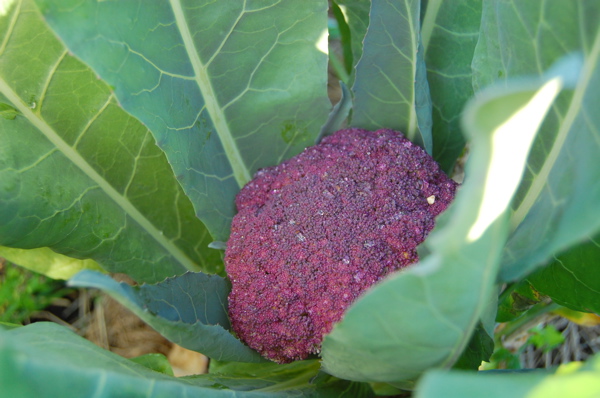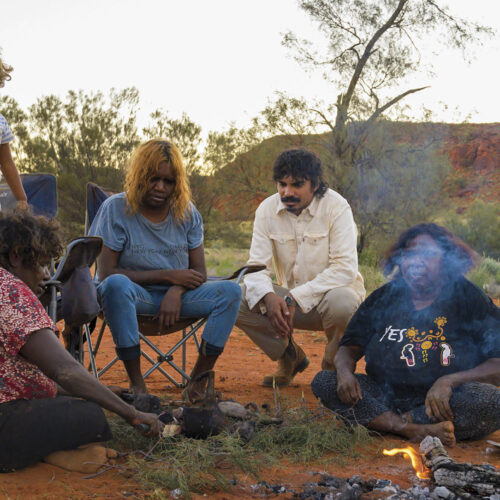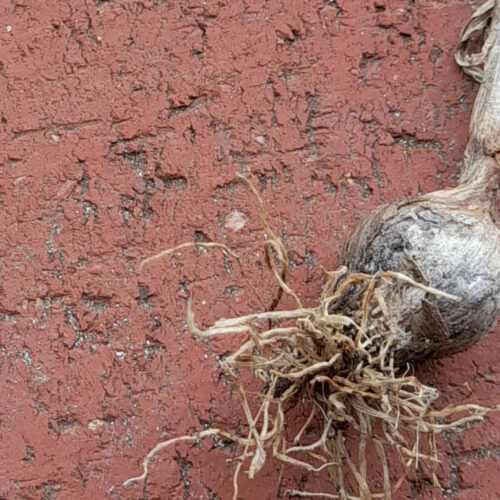Purple caulis a bright idea
2011-09-22T11:24:43+10:00
SIMON WEBSTER uncovers a brassy brassica.
Vegie gardening is full of surprises: usually they come in the form of root rot, rats or plagues of locusts. But this was a good surprise.
Last week I lifted the net on a vegie bed and found beautiful broccoli, untouched by caterpillars. Such was my joy that I barely glanced at the other half of the bed, where more brassicas were growing. I couldn’t even remember what I’d planted there. Probably cabbages, I thought.
But this week I took a closer look, and to my awe and amazement uncovered some spendiferously striking purple cauliflowers. I have a vague recollection of planting some seedlings in the dim, distant early days of winter. And just look how they’ve turned out.
Cauliflower is “cabbage with a college education”, according to Mark Twain. Well, this one has gone to college, immersed itself in some lifestyle experiments and turned seriously psychadelic.
The origins of purple cauliflower are shrouded in mystery – it’s either an Italian heirloom or the selectively bred result of a natural genetic mutation that first occurred in Denmark as recently in the 1980s, depending on who you believe. Either way, you can get seeds – organic and conventional – from various online seed stores.
What is clear is that it is the colour is caused by the presence of anthocyanin, a flavonoid found in blueberries, grapes and autumn leaves. Studies have shown anthocyanin to have health benefits including anti-inflammatory and cancer-fighting properties.
Can’t wait to get stuck in. Though it almost seems a shame to give it the chop.






